PETER WHITEHEAD goes small!
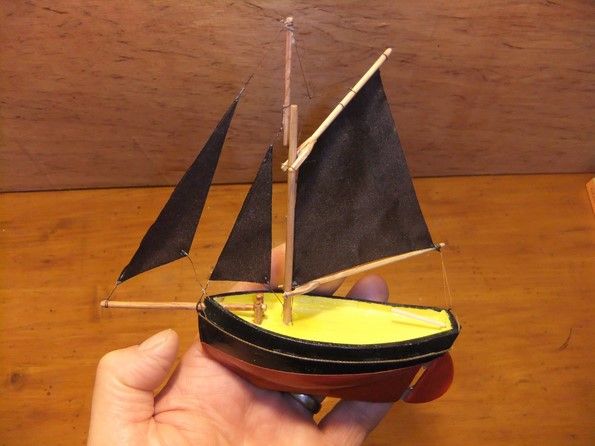
During the early 1970’s, Roger Stollery’s new lightweight A class boat ‘Clockwork Orange’ was the centre of much interest. Model Boats showed the boat’s plans in miniature and because I had some scrap balsa wood, I made a miniature model of it, about 4.5 inches long. It was so quick (it could even cope with surface tension) and once sailed right across the Round Pond at Kensington. I needed binoculars to follow its journey as it chased two large schooners all the way over that huge lake. I don’t invest heavily in delicate or expensive r/c equipment, because I would worry about it when cycling to my local pond, or when sailing in rougher weather on the foreshore’s tidal ‘flashes’. So, I maximise my fun by minimising the models.
A model shop recently closed in Whitstable and I bought a parcel of balsawood from it at the time, thus had the materials for more miniature models, but anyway, first the miniature racing yachts.
Enjoy more Model Boats Magazine reading in the monthly magazine.
Click here to subscribe & save.
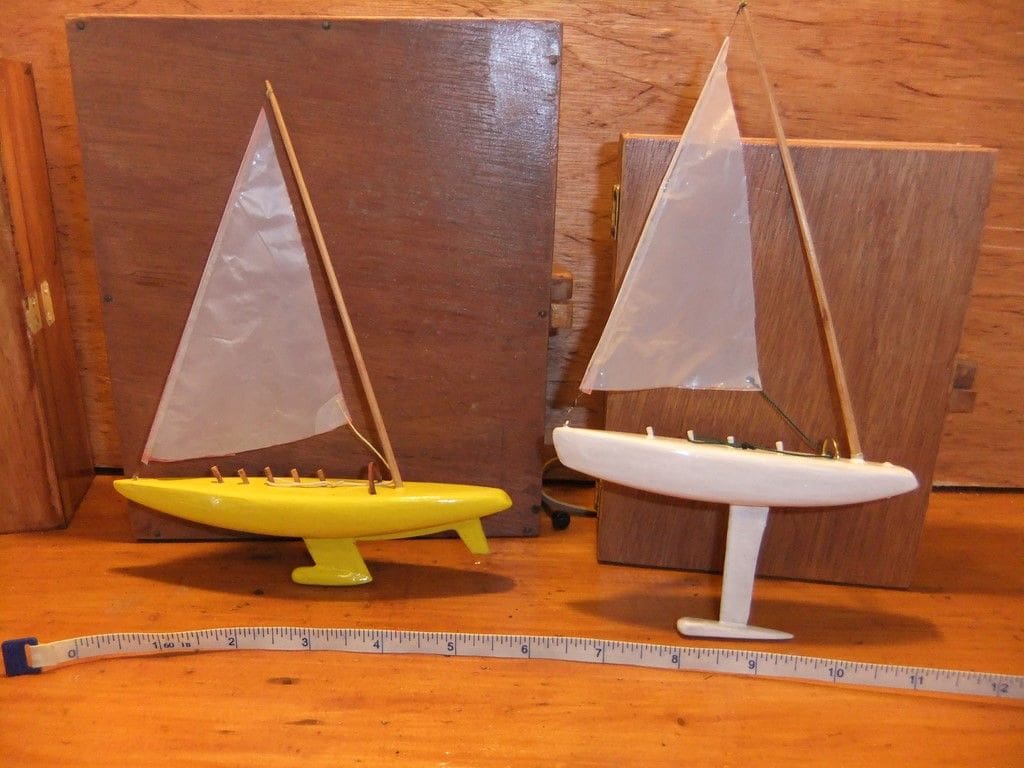
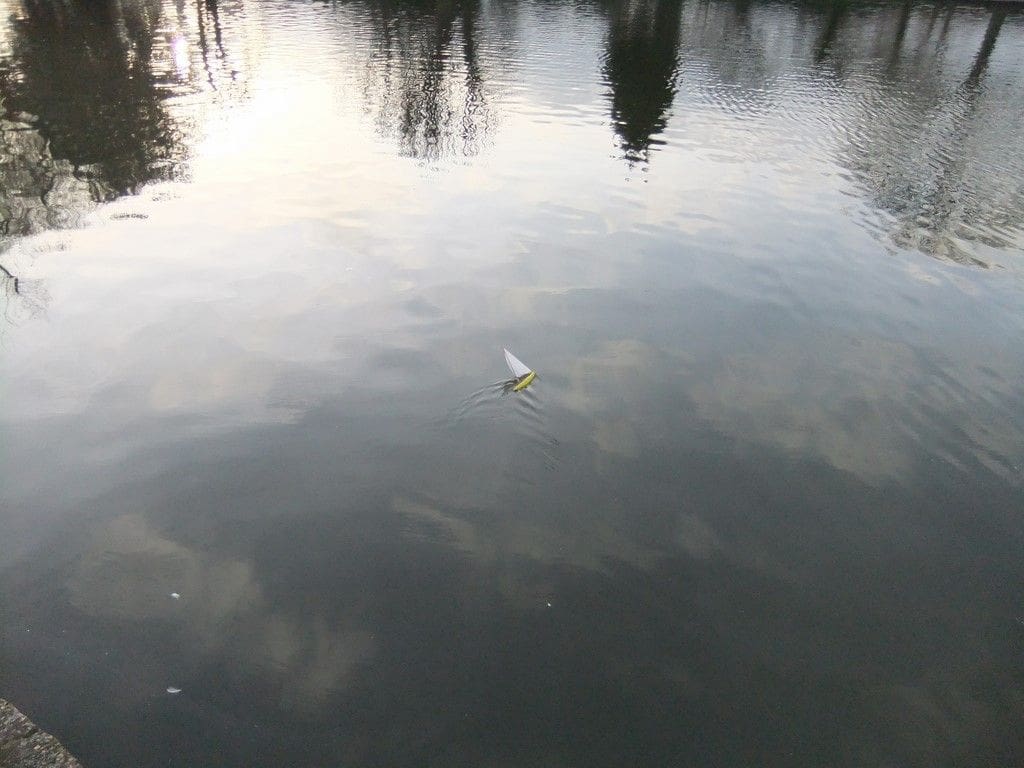
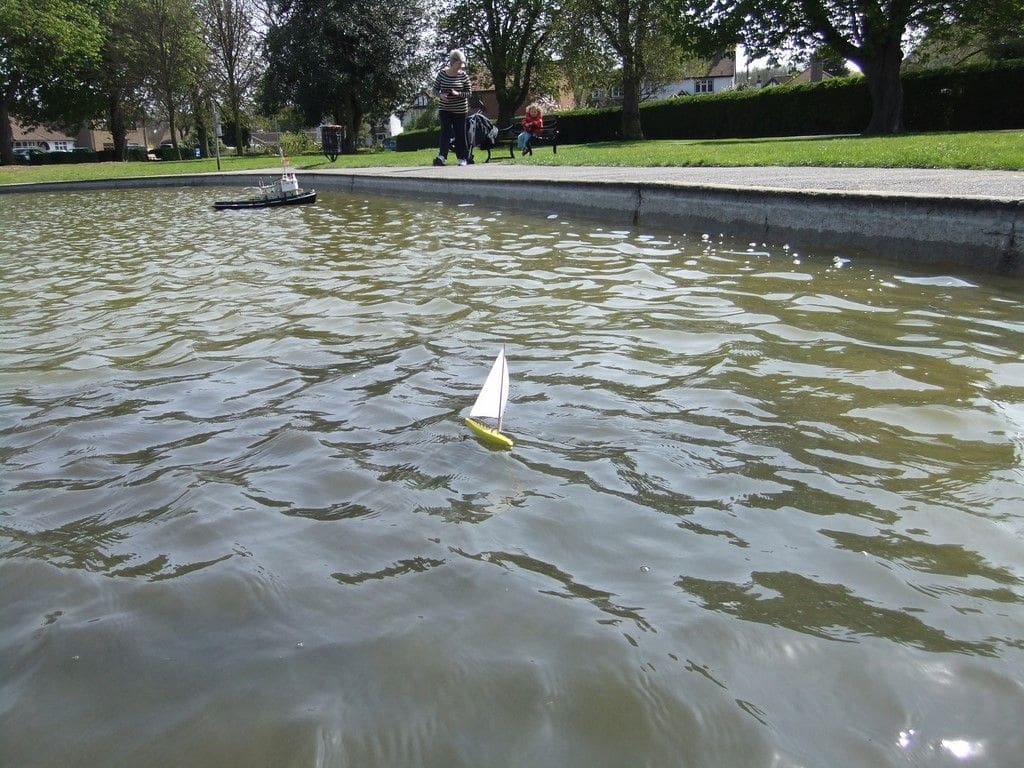
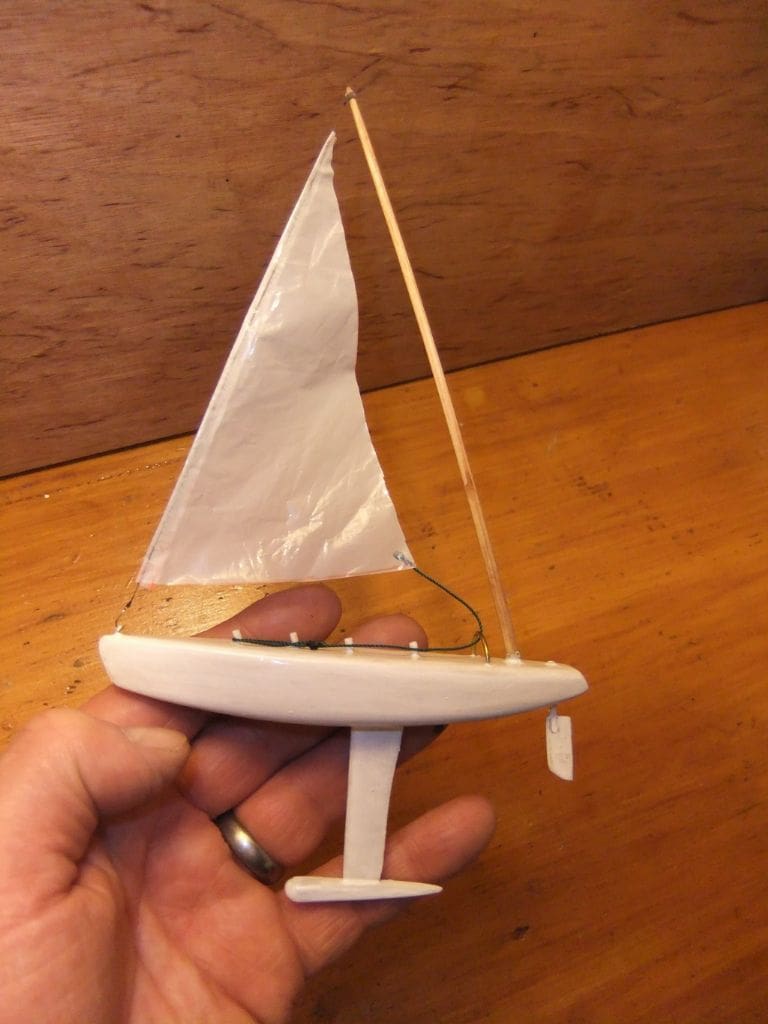
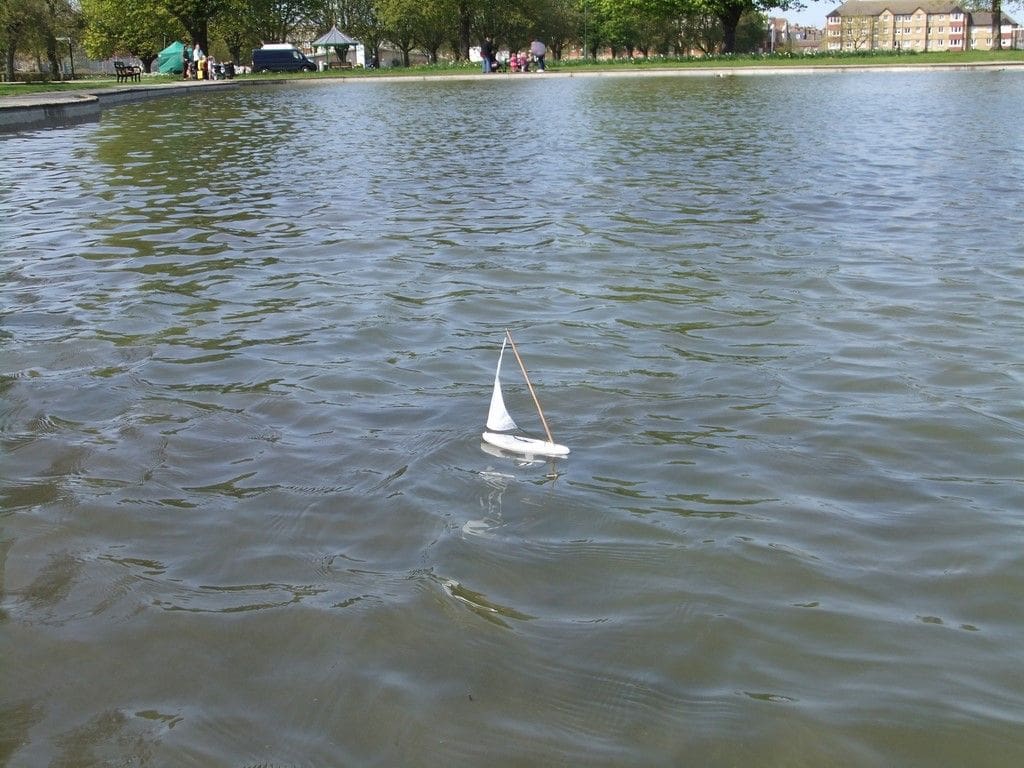
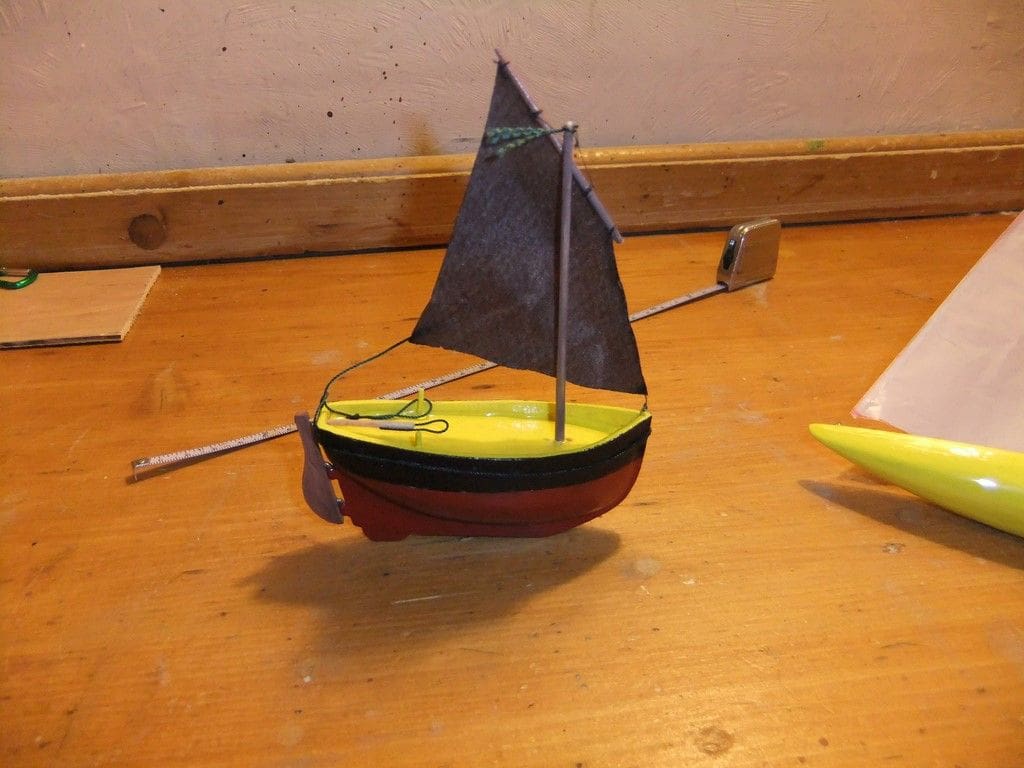
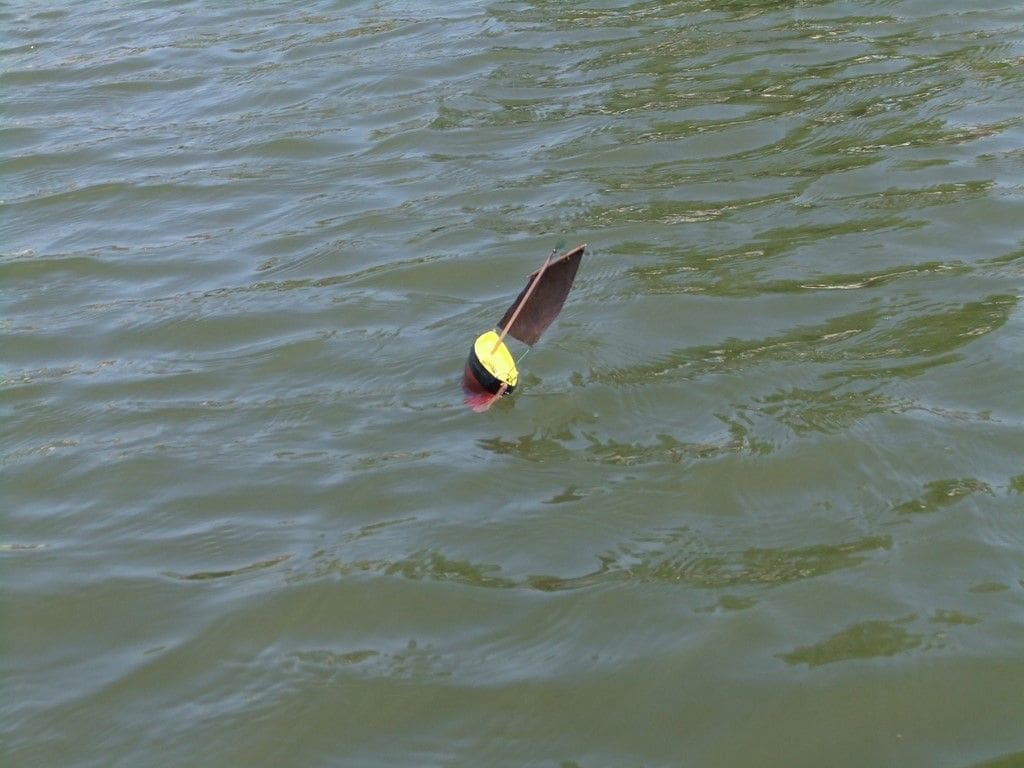
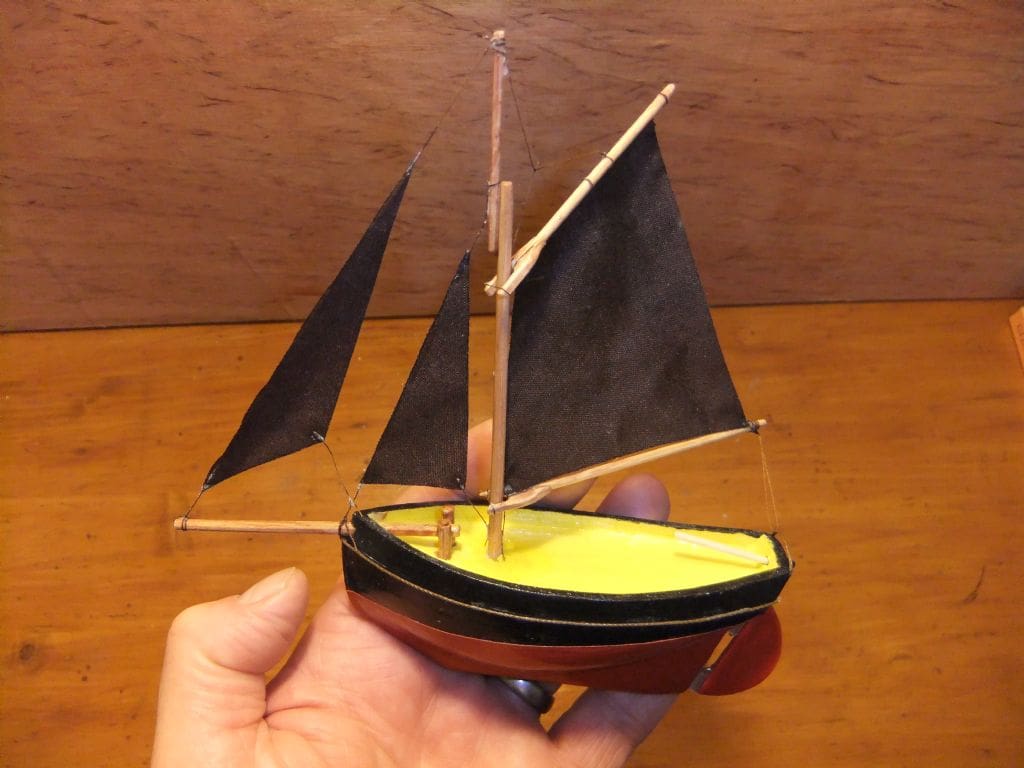
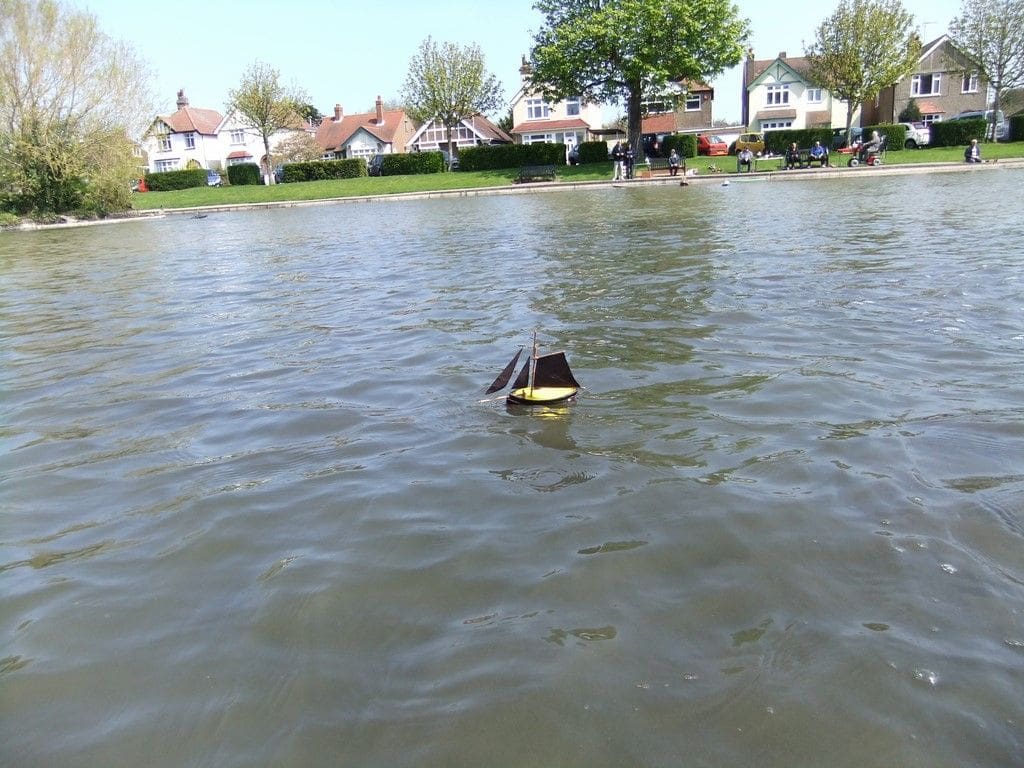
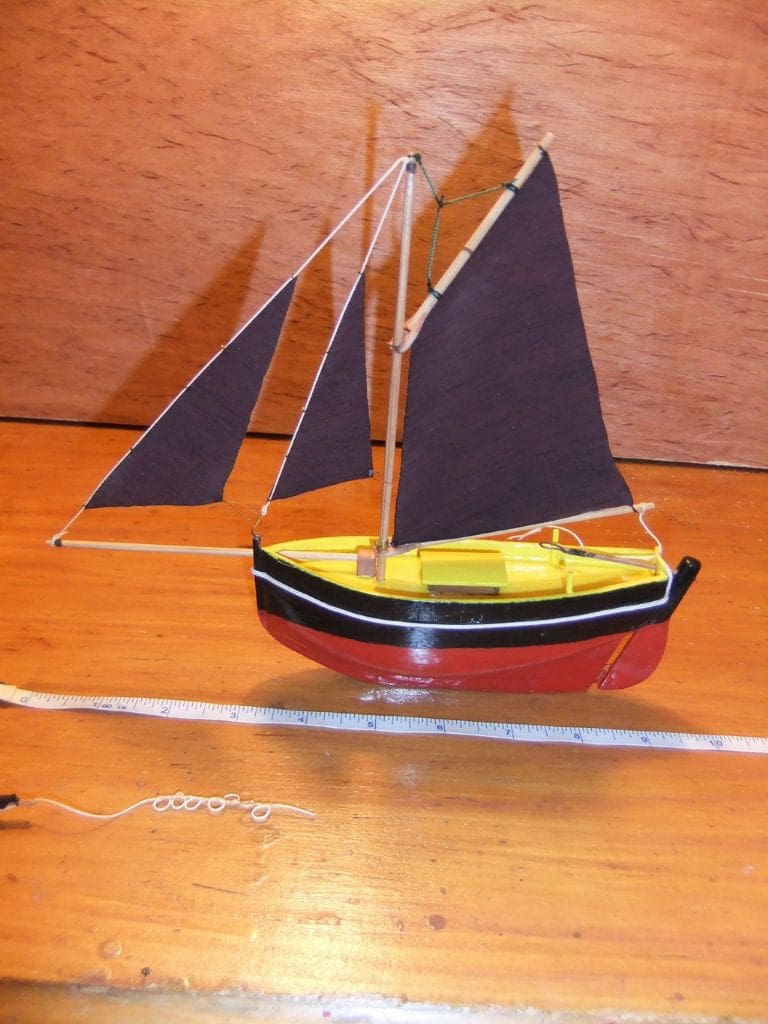
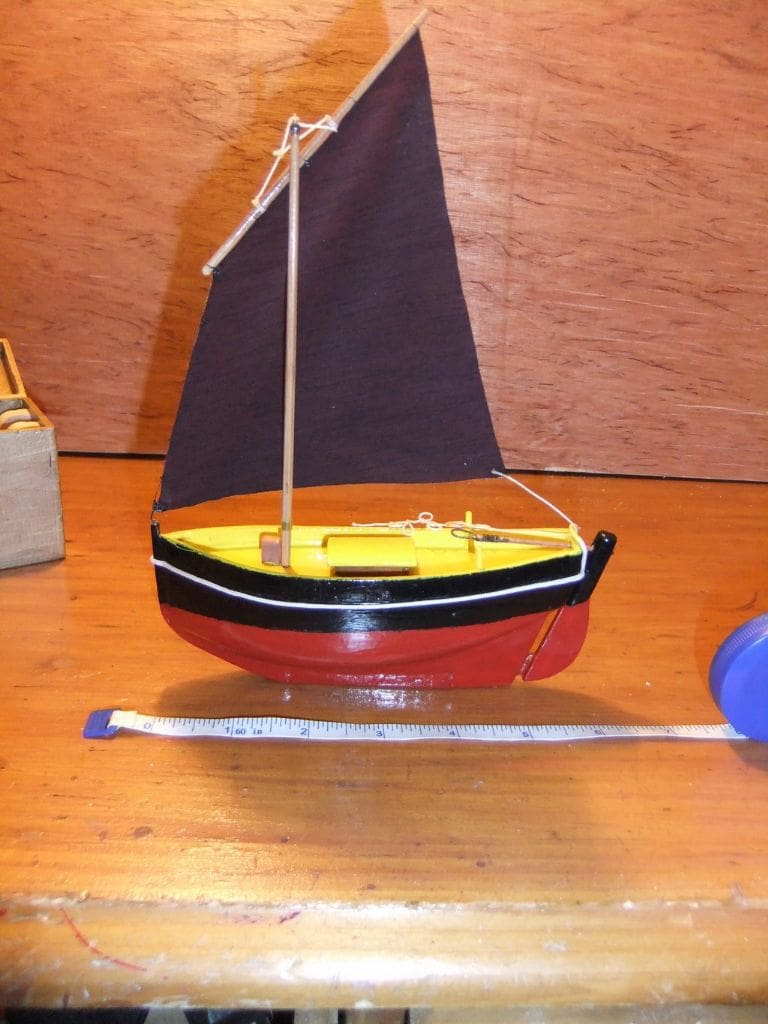
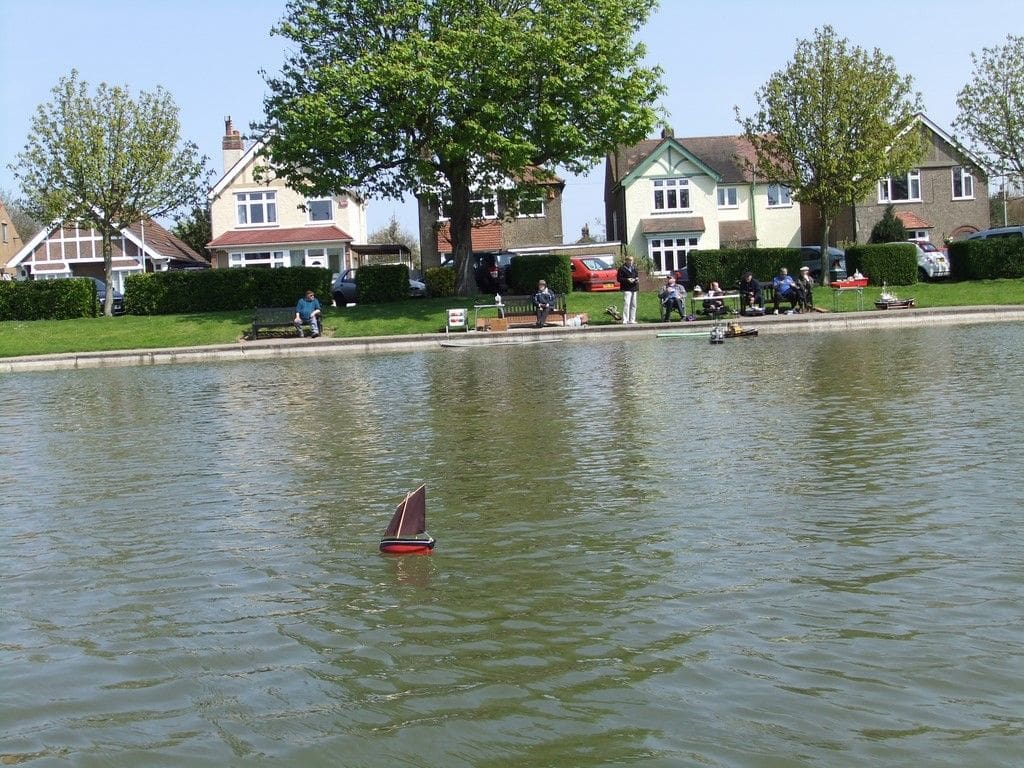
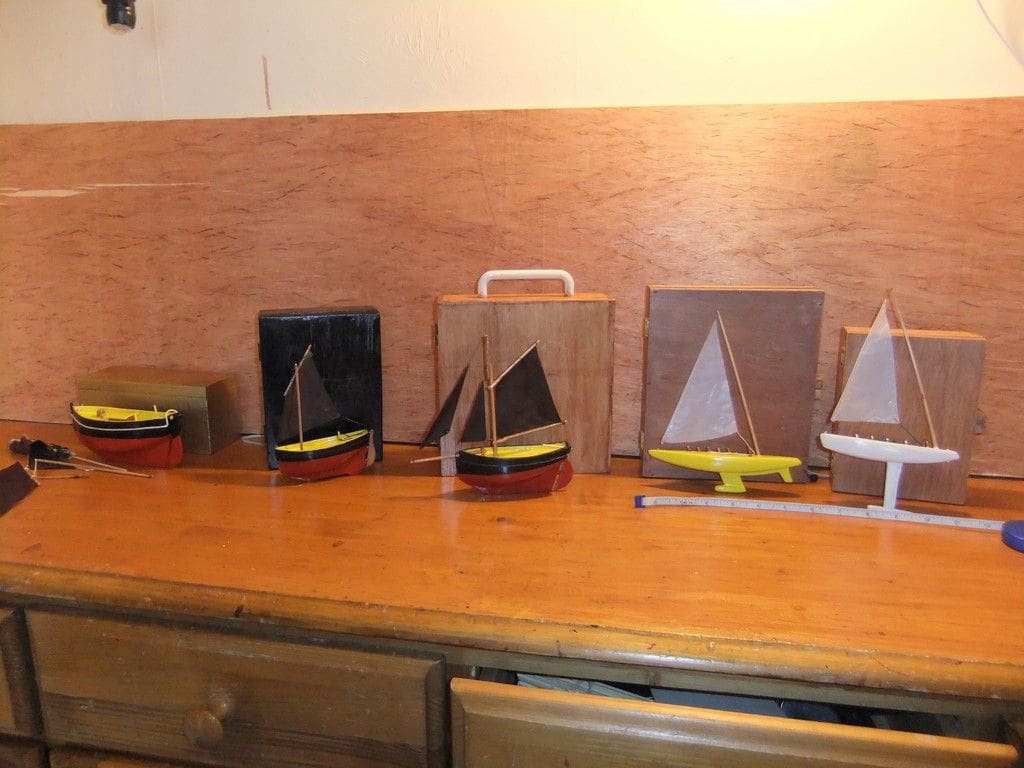
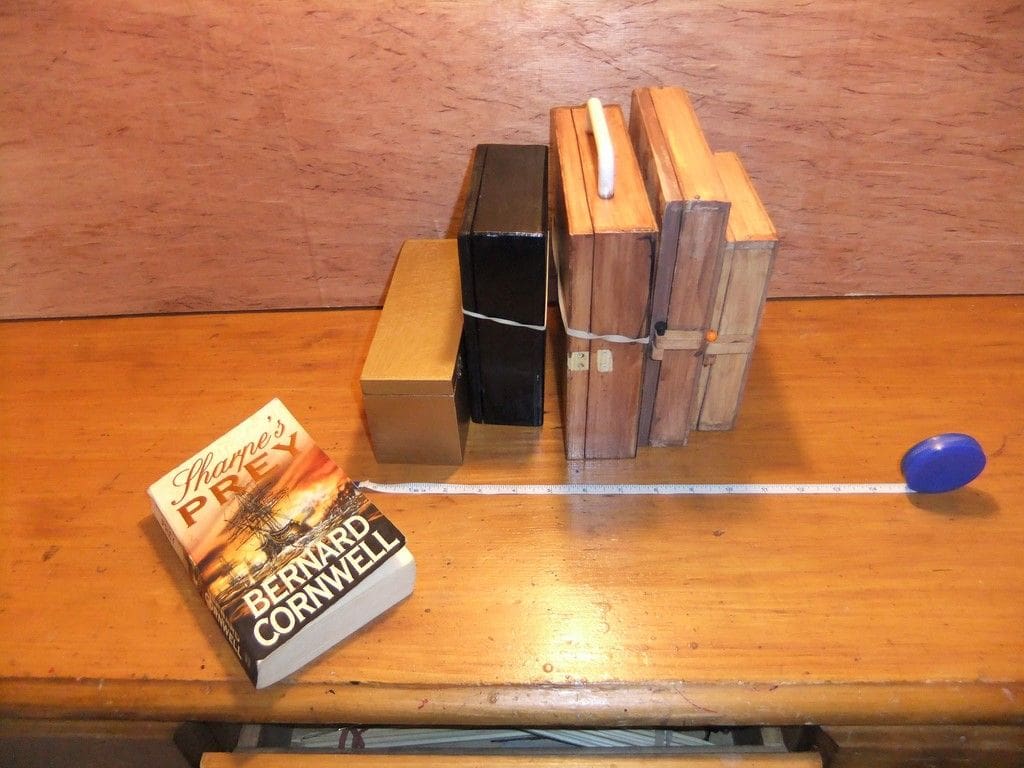
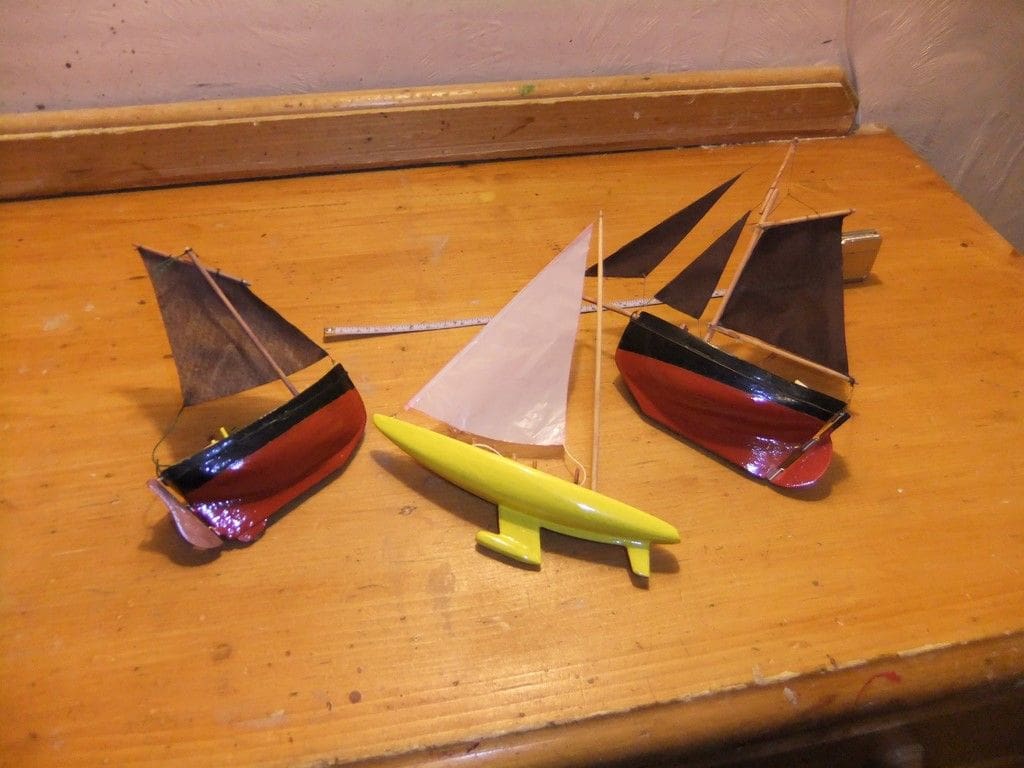
Miniature racing yachts?
I started with a miniature racing yacht which might resemble a lightweight A Class boat, but with a stern-stepped freestanding mast and single genoa jib. These little models aren’t supposed to be finely adjustable and this one has five jib-sheet settings and a fixed rudder, which together give some sort of course direction in relation to the wind, so I know roughly where it’s going to go for any wind strength and direction. It sails very well, but I could not guess which is the faster, either this miniature A class from 40 years ago or the next one, which was a miniature Marblehead, with a stern-stepped freestanding mast, deeper fin and an adjustable rudder. It can be slightly faster, but is more complicated and less directionally stable. Both models fit into simple padded boxes that are easily transported on a bicycle.
Scale sail?
If you are more interested in traditional sail, then you can make miniature Cutters and Luggers. The hull is cut out in layers of balsa wood and then stuck together, thus forming the hull shape (from above). Then you can draw the profile (side view) onto the hull. Once you have cut this out you can begin to sand the shape of the hull lines. This is not so much ‘modelling’ as ‘whittling’, but it’s fun to see the little hull appear out of the block. Now cut out the keel to fit the hull, sand it’s fore and rear sections down and once it is a perfect fit with the hull, you can glue both together. Cast a miniature lead keel in square section, cut it just a little longer than you expect it will eventually need it to be, and then hang it under the sealed hull with elastic for buoyancy tests. Reduce the lead keel in length until you can see that the hull is floating as you wish and then cut out the keel base, glue it, and then seal the hull again.
To be honest, a few pictures are worth most of my words, and the vast majority of boat modellers will achieve better finishes than I can, so my suggestion is:
Look at the pictures and make the model you want, as you probably know more about modelling techniques and modern water-based sealants than I do.
Sailing
We have a small 10 x 10 foot pond in our garden and a large domestic electric fan mounted well away from the pondside that can send a breeze right across it to sail any of these little craft quite well. Or, you could test sail them in a bath, blowing on their sails, but not it is recommended that you use a mains powered fan in the bathroom! Once you have adjusted their rigs so that you know where they will sail, you can take them to larger ponds and lakes for fun sailing. Let’s face it, you’ll not be anywhere near so worried about a knock-down or capsize as with an expensive model, full of modern hi-tech gear.
Conclusion
Here’s a test, send your miniature model across your local pond, and note the interest from passers by compared to that for any of the large hi-tech models afloat. You might be pleasantly surprised!
All the best, Peter Whitehead.




